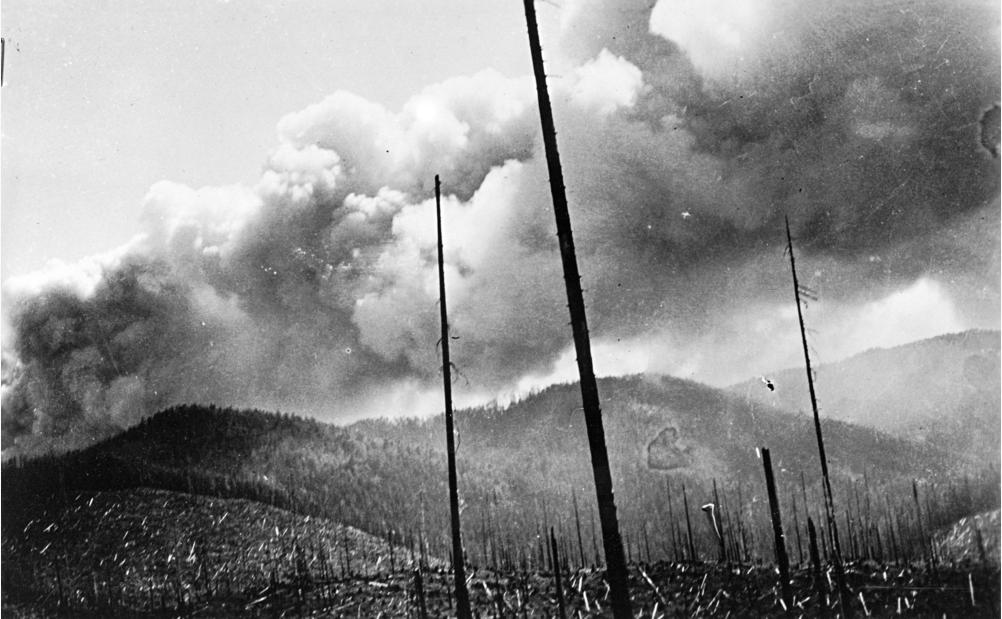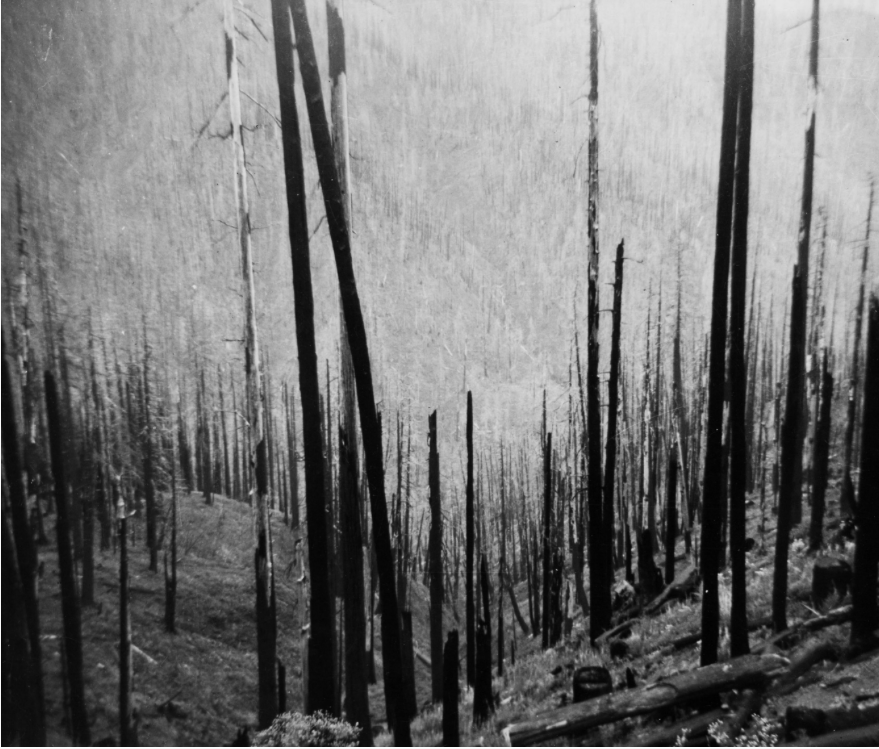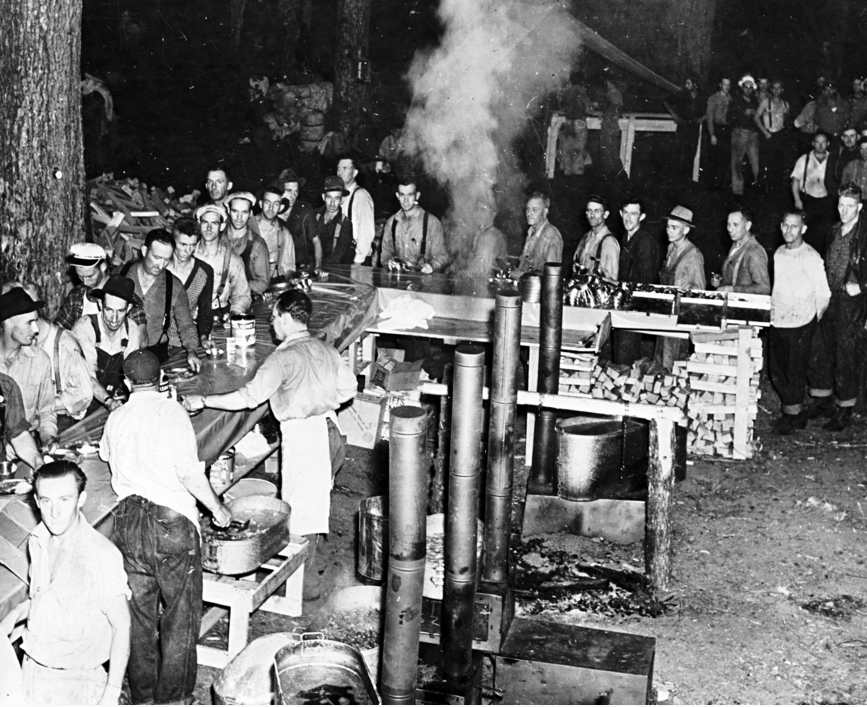
Tillamook Burn
Fire has been a big concern on the minds of many in the Pacific Northwest. With the recent record high heat, low precipitation, it seems this summer has been primed as repeat in history. One such fire that has been on my mind is the Tillamook Burn, which occurred not far from Cannon Beach in the Tillamook State Forest.
On August 14, 1933, a fire began. The fire was said to have started in Gale Creek Canyon when a steel cable dragging a fallen Douglas Fire rubbed against the dry bark of a wind-fall snag causing friction and enough heat to set the snag ablaze – although recently this cause has come under some debate by historians.
Due to the drought like conditions a cease and desist order had been issued to logging companies working in the area. However, the logging company that was still operating was said to have been unaware such a warning. Some say the company just wanted to get that one last log. Recent evidence has suggested that perhaps a rival company purposely started the fire, or perhaps some other accidental mishap as yet unknown caused it. Some have even suggested that another fire started in yet another location slightly before the fire at Gales Creek Canyon. Whatever the case, one of the most historically devastating fires in Oregon history had begun. It decimated through 311,000 acres before finally being extinguished, not by man, but by September rains. The fire was battled by several thousand fire fighters most of them were volunteers, loggers, farmers and men from the Civilian Conservation Corps with little to no fire fighting experience.
One of the reasons that this fire is so well known in our area was due to the speed with which it moved and the weather that created the perfect setting for such a fast moving fire. In just 10 days the fire had burned about 63 square miles of forest. One of the factors associated with creating a perfect “storm” was the relative low humidity at the time. Generally, the Oregon Coast (most of Oregon for that matter) has a relative humidity over 60%, even in the summers. At the time, the humidity was down to about 20%. Additionally, high temperatures and easterly winds didn’t help the situation.
By the end of the fire over $442 million in contemporary (1933) dollars of lumber were lost – serious loss to the timber industry and the nation. During this time the United States was struggling through the Great Depression. Salvage operations were immediately begun to harvest usable portion of the burned wilderness. Some of the trees, despite being burned, had usable timber inside.
This first fire paved the way for a series of other devastating fires in the Tillamook Forest. Another fire in 1939 burned over 200,000 acres, and in 1945 two fires burned another 182,000 acres. The Tillamook Burn was and still is, at least at the time I’m writing this, one of the most devastating fires in Oregon history.

According to Ellis Lucia in his book, Tillamook Burn Country, “Northern Oregon beaches were buried two feet deep in ash and debris, which also fell onto ships five hundred miles at sea and on Boise, Idaho. The great smoke cloud was seen in Montana.”
Forest fires, or fires in general, are going to happen. Most of us are aware of this. That’s why many communities have a fire department, often established well before a police force. For example, Cannon Beach’s fire department was established in 1947, while a Cannon Beach Police Department wasn’t established until much later.
Most of the fire fighters in Oregon are volunteers. They are landscapers, mechanics, business owners, basically people you see every day. For myself, I can’t even imagine the breathless heat that getting close to an out of control fire would be like. And what is even harder to imagine is the kind of people who are landscapers, mechanics, and business owners that know what a fire is like and still answer the call. Cannon Beach is no exception. So, if you can, thank a fire fighter. Or better yet, buy that guy or gal a beer. They deserve it.
Thanks to the Oregon Historical Society, Oregon Department of Forestry, Tillamook Pioneer Museum, Tillamook Forest Center, Kick Ass Oregon History, and the Cannon Beach History Center & Museum for the information provided here.


